A household flood can be a traumatic experience, especially if many of your valuable items were damaged. Not only must you address the damage that was caused in your home, but also you must make decisions regarding what to keep and what to throw away. Some decisions will be easy, but others will not.
This post shares some tips on how to salvage valuable items after a flood, as well as tips on how to choose what to keep and what to toss.
Determine the Water You’re Dealing With
First, find out what type of water is in your home. Is it salty? Dirty? Contaminated with sewage or toxic chemicals? If your items have come into contact with toxic water during flooding, you may have to call a professional because cleaning them on your own can pose a health risk.
Here are the main types of water and their differences:
- Clean. Clean water typically comes from leaks or breaks in the supply line, as well as from burst pipes. This type of water doesn’t pose a threat to your health, and you can usually save items, as long as they aren’t too waterlogged.
- Gray. Gray water has contaminants that can make you sick. It typically comes from overflowing sinks, bathtubs filled with dirty water and urine-filled toilets. There are some items you’ll have to throw away.
- Black. Black water carries a much higher risk of illness, so you may need to toss many more items. It generally comes from sewage backups, groundwater flooding and toilets overflowing with fecal matter.
Prioritize Valuables
When your Texas home floods, you’ll have no choice but to prioritize the items that are most important to you. You likely can’t save everything. Focus on what’s most valuable (they’re usually things a dollar value can’t be assigned to) and get them to a dry location. Air drying is best – avoid using hair dryers, irons, ovens or prolonged exposure to sunlight.
FEMA recommends sorting items into the following categories:
- Bagged household garbage such as food and paper
- Building materials and furniture, including drywall and carpeting
- Vegetation debris like tree branches, plants and leaves
- Hazardous household waste, including batteries and paints
- Large appliances such as refrigerators, air conditioners and stoves
- Electronics such as TVs, computers and printers
Know What to Keep and What to Toss
There are certain things you’ll need to pitch if they come into contact with flood water. Anything with severe damage or a lingering scent will need to be thrown away, as they can harbor bacteria and microorganisms that can make you sick. Generally speaking, wet food, medication and warped furniture will need to be tossed.
Fortunately, there are many things you can keep, including drywall, cabinets, flooring, furniture, appliances, electronics, toys, fabrics, books, documents and photos. You’ll likely need help from a professional contents cleaning company. They have the equipment to safely and effectively clean items and remove odors without damaging them.
Salvaging Valuables after a Flood
Texas Elite Restoration and Cleaning in Harlingen TX offers pack-in and pack-out services, as well as contents cleaning services. We respond quickly to our customers’ needs and ensure that their belongings are handled with the utmost care and precision.
If your TX home has been impacted by a flood, schedule an appointment with our team. We are a full service cleaning and restoration company that can assist with every aspect of your project. Our goal is to restore your home and belongings to their original condition, while giving you the ultimate peace of mind.



